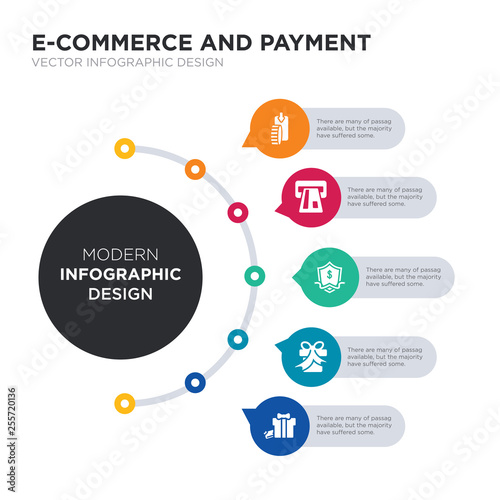Glass Inscription Vs Etching - What's the Difference?
Although they may appear similar, engraving and engraving differ in their approaches and results. Understanding these procedures is essential for any business wanting to tailor glass products.
Laser engraving uses concentrated heat to thaw the micro surface area of your material, developing recessed markings that withstand damages and can be checked out under extreme conditions. It's ideal for points that need to be deducible, like industrial components.
Visual appeals
Etching and inscribing both produce sturdy, tactile layouts that stand apart on the glass surface area. They are optimal for tasks that need an improved, stylish look.
Laser etching can be made use of to inscribe glass, yet it requires a protective layer or shield to stop heat damages to the glass. A specialized spray or coating is available for this objective and can be put on thin glass to decrease cracking or damage during the etching process.
It's likewise feasible to engrave glass by hand utilizing a rotary tool. This technique is time-consuming and labor-intensive, but it can generate premium outcomes when done properly. Make sure to wear security gear like goggles and a respirator mask to secure yourself from dust and debris. You can begin by drawing your design on the glass with a pen, then place the rotary tool and slowly follow your layout to etch it right into the glass. After the inscription is total, gently wash away any continuing to be dirt or residue.
Convenience
The engraving procedure provides a wide range of applications for glass items. It is very functional and can be utilized on different products and thicknesses of glass. It is also very precise and creates thorough, high-contrast styles on the glass surface. It can be used on both level and bent surface areas.
Glass inscription is a preferred personalized candle glass option for glass products like wine bottles, building dividers, and health club decor. It creates a soft and refined style that is not as noticeable as etching, making it an exceptional choice for ambient aesthetic appeals.
To minimize heat stress on slim glass, use a protective product like concealing tape or a wet paper towel to the surface prior to laser engraving. This absorbs and spreads laser power to lower local heating and prevent cracking. Conversely, layer the glass with a moderate detergent or dishwashing soap can additionally be an efficient pre-coating. Just bear in mind to cover only the laser-contacting face of the glass with these moisture-absorbing pre-treatments.
Longevity
Laser glass inscription creates deep, irreversible markings that are durable and visually striking. It's excellent for creative or light commercial functions that require a sleek look. Inscription needs precise and regulated handling of the glass to prevent warmth damage and fracturing. Thin or fragile glass can be a lot more susceptible to the high-contrast results of laser engraving, making it crucial to keep track of the procedure carefully for indicators of overheating and splitting.
Etching makes use of a diamond-tipped tool to cut into the surface area of the glass, developing a textured mark that's much less visually striking than laser etching. It's an usual option for applications where a frozen impact is favored, such as ornamental glass home windows and customized presents. Like laser inscription, etching is highly exact and ideal for logo designs and various other thorough imagery. Evergreen Glass makes use of advanced laser tools calibrated for optimum performance to accomplish etching and inscribing with extraordinary accuracy. For added satisfaction, our devices include integrated security attributes that ensure risk-free procedure.
Price
Glass etching involves using chemical remedies to create a style. While this method is not as precise and efficient as laser etching, it is still an exceptional selection for artisanal glasswork, which can be a fantastic method to boost a special occasion gift or celebratory item.
For the best results, it is very important to examine a sample piece of glass before applying any kind of etching lotions. Different kinds of glass might respond differently to the chemicals. Some will etch extremely swiftly while others could take a lot longer. In some cases, a piece of glass may even stop working to etch in any way!
Laser inscribing entails making use of a computer-guided system, commonly referred to as a CNC (Computer Numerical Control) machine, to direct a focused laser beam at the surface of the glass. This process requires a high-level of technical skill and creativity. It is an effective way to engrave intricate patterns on large-scale projects with high levels of accuracy.

Comments on “Creating Glass Labels For Artisanal Food Products”